Life Lessons from Cyanotypes
Article By Janki Mehta
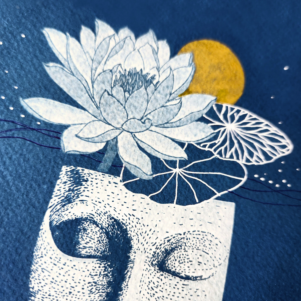 The cyanotype process is a fascinating analogue photographic printing process that produces distinctive blue hued prints. It was one of the earliest non-silver processes used for creating photographs, and its invention marked a significant development in the history of photography. The cyanotype technology was invented by Sir John Herschel (1792-1871) – a remarkable British polymath, renowned for his contributions to science, astronomy, chemistry and photography. Incidentally, the word ‘photography’, also coined by Sir John Herschel in 1839, is based on the Greek word ‘phos’, meaning ‘light’, and ‘graphê’, meaning ‘drawing’ –so literally ‘drawing with light’.
The cyanotype process is a fascinating analogue photographic printing process that produces distinctive blue hued prints. It was one of the earliest non-silver processes used for creating photographs, and its invention marked a significant development in the history of photography. The cyanotype technology was invented by Sir John Herschel (1792-1871) – a remarkable British polymath, renowned for his contributions to science, astronomy, chemistry and photography. Incidentally, the word ‘photography’, also coined by Sir John Herschel in 1839, is based on the Greek word ‘phos’, meaning ‘light’, and ‘graphê’, meaning ‘drawing’ –so literally ‘drawing with light’.
Although Sir John Herschel was the inventor, it was Anna Atkins, a British botanist and friend of Sir Herschel, who played a crucial role in the spread and popularization of the cyanotype process. In 1843, just a year after Sir Herschel’s invention, Anna Atkins began creating what is considered the first book illustrated with photographs. Employing the cyanotype process, Atkins beautifully captured botanical specimens, particularly algae, in photograms, and compiled them into a book titled “Photographs of British Algae: Cyanotype Impressions.” Anna Atkins’s pioneering work not only established her as one of the first female photographers but also demonstrated the practical applications of photography in scientific documentation.
What is cyanotype?
The process of cyanotypes involves coating a surface, like paper or fabric, with a light-sensitive solution containing a mixture of ammonium iron citrate and potassium ferricyanide. When exposed to UV light (sunlight), the treated surface darkens, resulting in a blue image. After exposure, the material is rinsed with water to fix the image, and the unexposed chemicals are washed away, leaving a beautiful white impression on the cyan-blue print.
On the other hand, my tryst with cyanotype began fairly recently. Experimenting with this medium was something that lingered on my bucket list for way too long, but I couldn’t find the time for it. And then, in early 2021, during the second wave of Covid, a pervasive feeling of helplessness and despair overwhelmed us all. Amidst these challenging circumstances the cyanotype experiments I began became a much-needed refuge, diverting my attention and energy from aspects I couldn’t influence, to something tangible and at least somewhat within my control. The analogue nature of this creative pursuit which required working with the hands, provided an opportunity to connect with myself, and a therapeutic escape from the constant digital, screen-dominated, secluded existence of that time.
I had no idea then, that this journey would teach me some valuable and practical life lessons!
Fear of starting something new
I still vividly remember staring at the blank sheet of precious watercolour paper (procured with artful solutions to the challenges posed during a strict lockdown), attempting for the first time ever to coat it with cyanotype chemicals. Experiencing apprehension of the unknown, coupled with the fear of failure, along with unrealistic expectations of perfection, inevitably led to the familiar feeling of paralysis – wanting to stop before starting! But then the inner ‘philosopher’ awakened… to remind myself that without overcoming this ‘hurdle’ of the unfamiliar, of the uncertain, there is no growth. Not in this small journey of cyanotypes, neither in the big picture of life! Fear is natural – an animal instinct. But overcoming the fear in order to walk towards a goal can also become natural – a human response!
We always have a choice
Cyanotype printing by its nature is a ‘temperamental’ artform with many variables – so initially it seemed like I had no control over anything – not the process, nor the results. It was as if the fate of my artworks was in the hands of the erratic ‘cyanotype gods’.
However, upon continuing this pursuit, one valuable lesson became evident: I always had the choice of response. This profound realization is a metaphor for life itself – while we may not have control over our circumstances, or people in our lives, we always have a choice of the right perspective towards life and the right inner response. It is these choices that leave lasting imprints on who we become. And regardless of the medium, we are all artists shaping our lives, one deliberate choice at a time.
Mistakes are the best teachers (If we’re willing to learn from them)
Even today, my stack of ‘not good’ cyanotypes is manyfold that of the ‘good’; and the very good ones are a fraction of the total number! From the word go, I encountered many ‘failures’. For example: patchy or streaky areas on the print due to uneven coating of the light-sensitive chemicals; overexposure to sunlight leading to a loss of detail and a very dark print; underexposure resulting in a faint image; unsuitable paper choices; incorrectly prepared chemicals; an unexpected cloud cover that blocked the sun; a bad composition that produced unaesthetic results … the list is endless! While the failures were all different, my first instinctive response was the same -to blame the circumstances, something external, something not in my control, and to feel like a victim.
But this process also continuously unveiled to me the wisdom that progress often emerges from the shadow of error. This is the principle that reminds us that in our artistic and life journeys, mistakes serve as the compass guiding us toward a deeper understanding of our craft as well as ourselves. Mistakes are not only okay but a very essential part of becoming better, not just at what we do but at who we are!
Commitment is freedom
There was a lot of excitement when I started the journey, which is natural considering the discovery of a new medium is full of novelty, wonder and enthusiasm. But developing a skill takes commitment and constancy of practice. And only once the skill is developed to a certain degree, does the expression becomes more natural and more free!
As I firmly held to a disciplined rhythm of practice, I encountered the paradox of freedom that emerges from discipline: The liberty to express, innovate, and break the boundaries, but one must know the boundaries first in order to break them. And this paradox, as you might guess is not only relevant for developing a skill but also for life. Today, I have learnt not to avoid any form of ‘commitment’ like a plague, associating it with being ‘tied down’, because I realize that being committed is exactly what allows one to live with more depth, resulting in more joy and freedom.
To conclude, I’d like to share something I had probably read somewhere, but have come to believe from my experience – there are three main steps to acquiring knowledge and turning it into wisdom: observation of nature (to collect facts), reflection on laws of nature (to connect the dots) and experimentation with these laws (to verify the results for oneself). And as my journey of cyanotypes proceeded, I began to see how much the philosophical point of view developed at New Acropolis had changed my experience of learning. Without the relentless drive to look deeply within, and to try to glimpse what is beyond the external, visible world, I would perhaps have gained more and more mastery over a technological and artistic process. But being an Acropolitan awakened in me the ability to make connections between seemingly separate elements. As a result, this ‘little’ art project ended up allowing me to gain some very deep insights, build a more intimate connection with and understanding of life.
The entity posting this article assumes the responsibility that images used in this article have the requisite permissions
Read the original article on http://theacropolitan.in
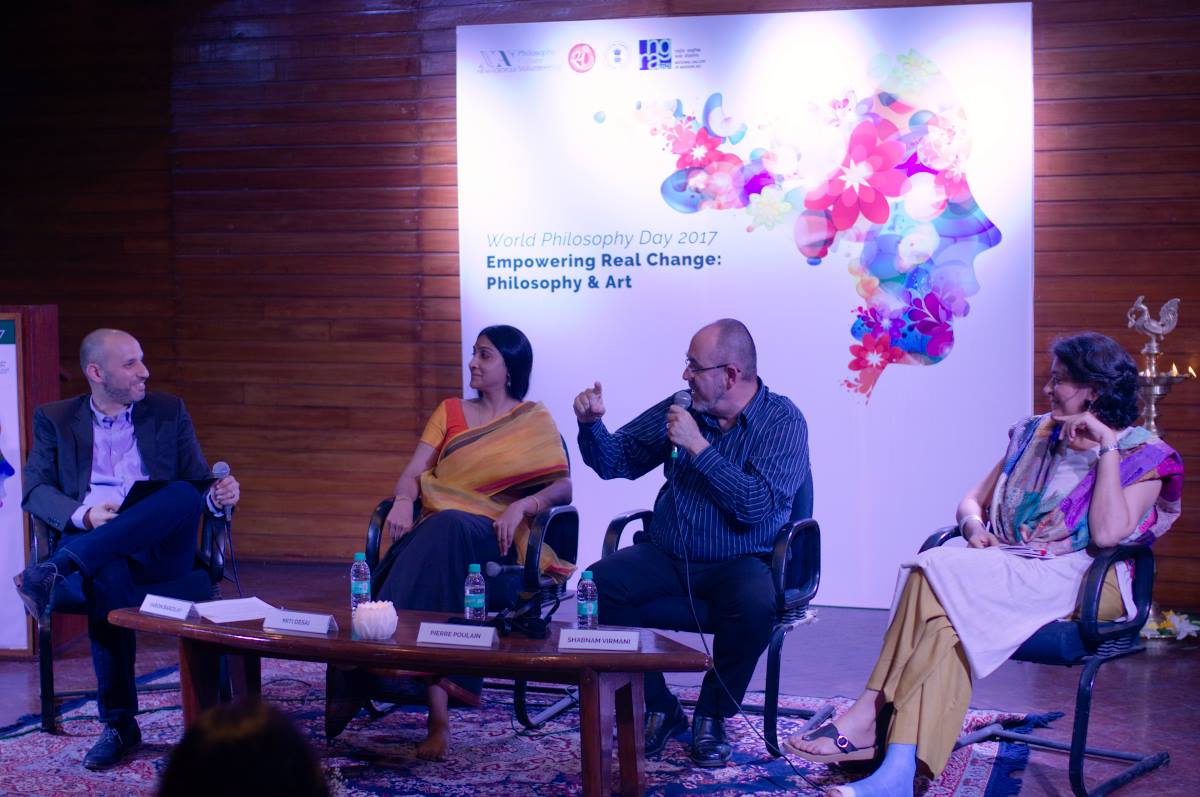
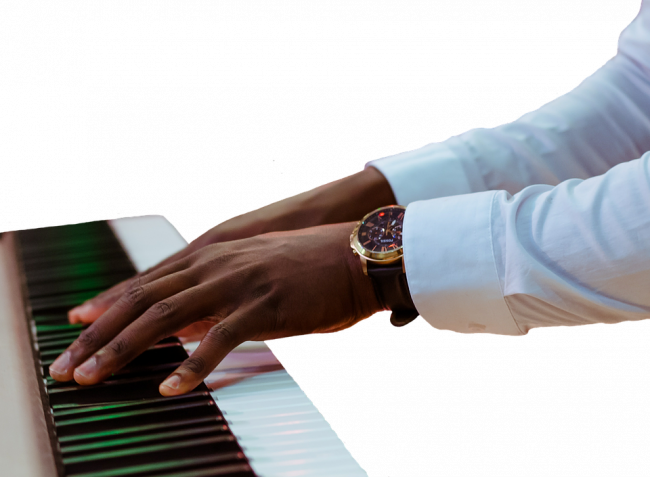
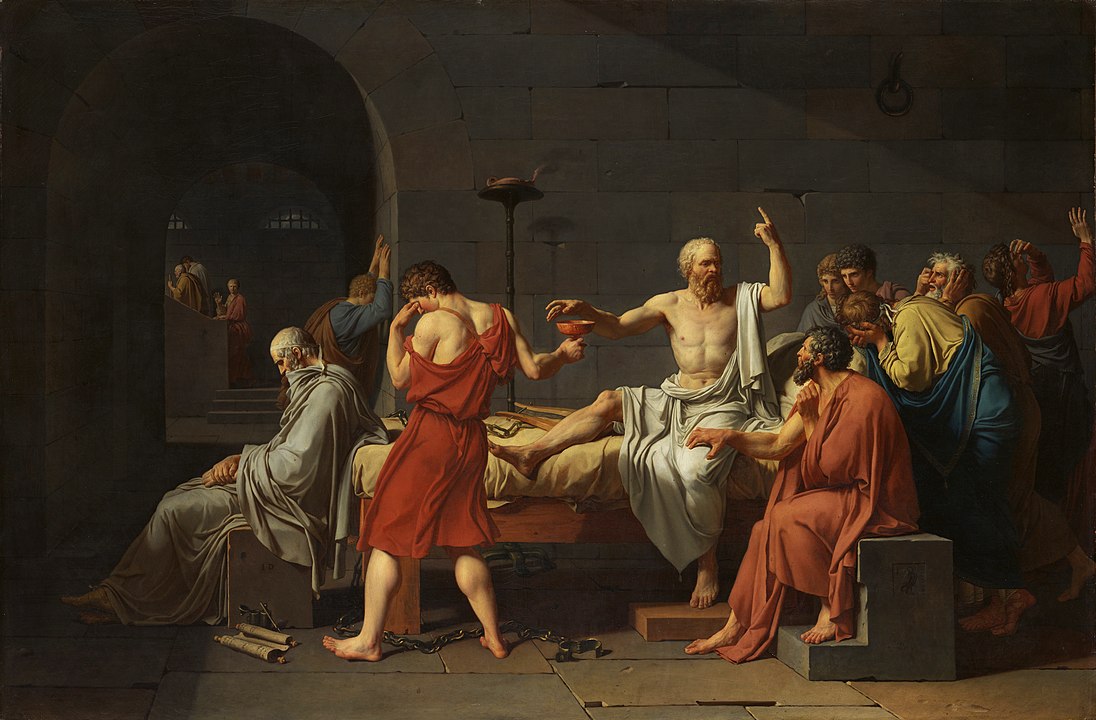
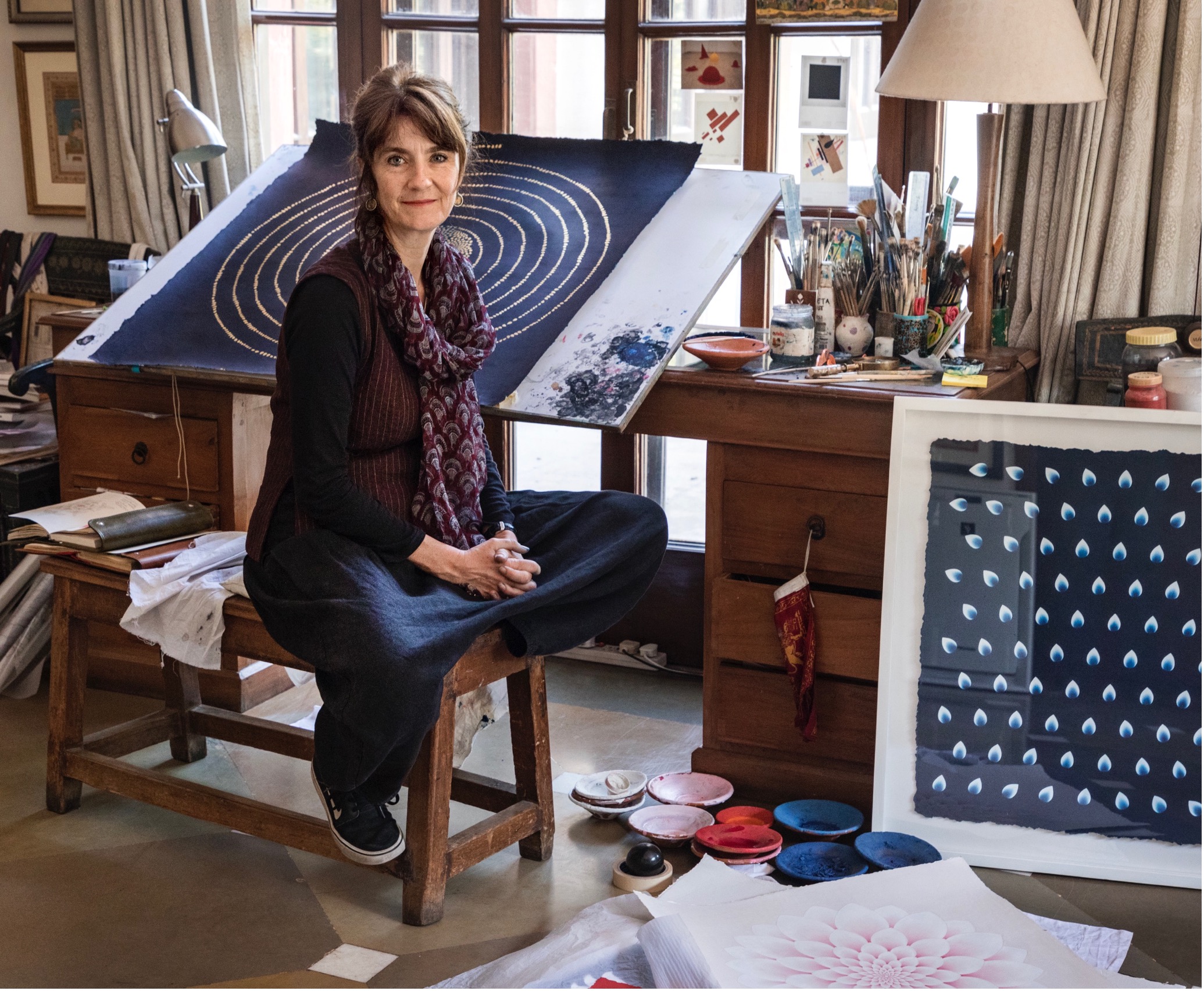
What do you think?